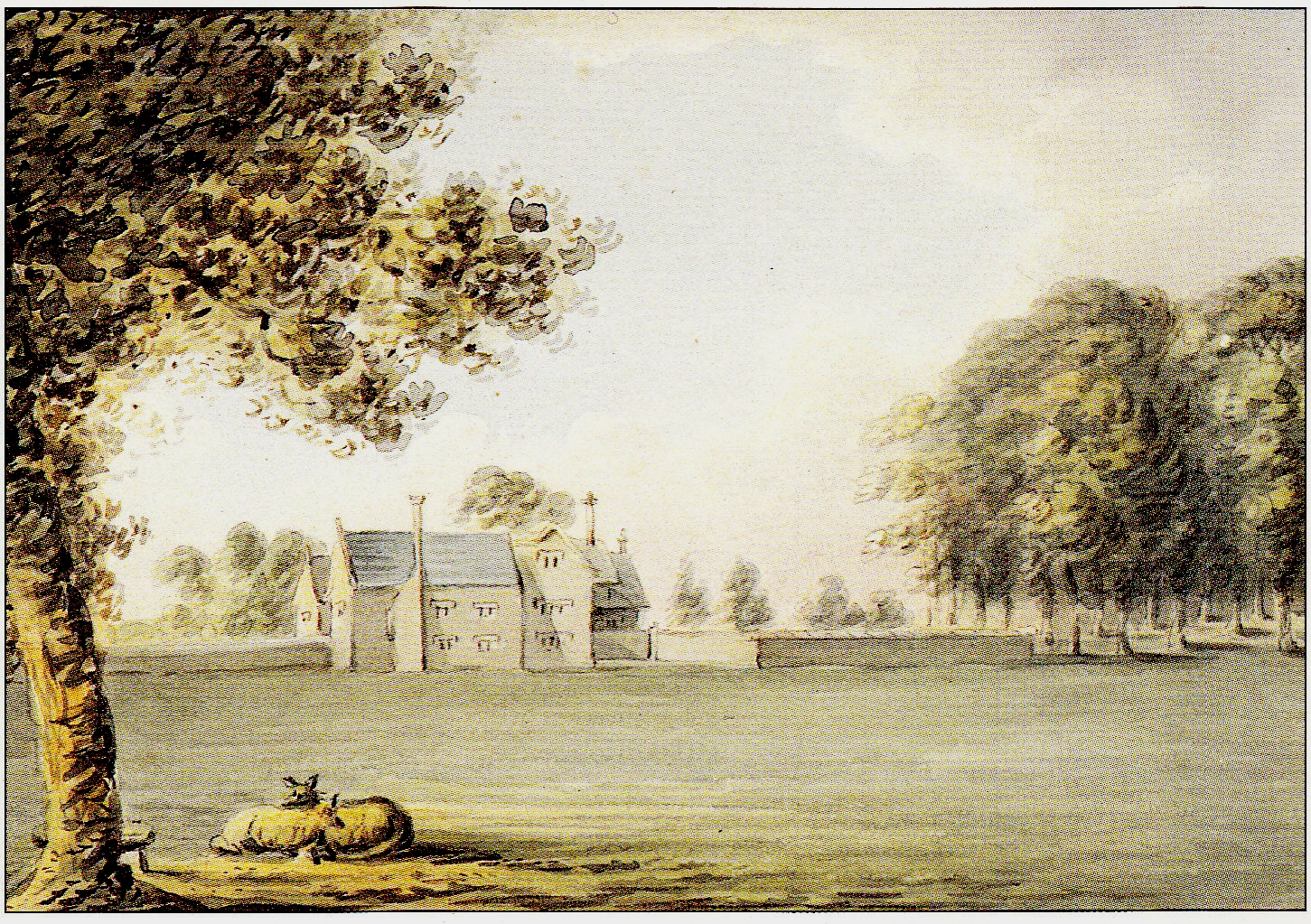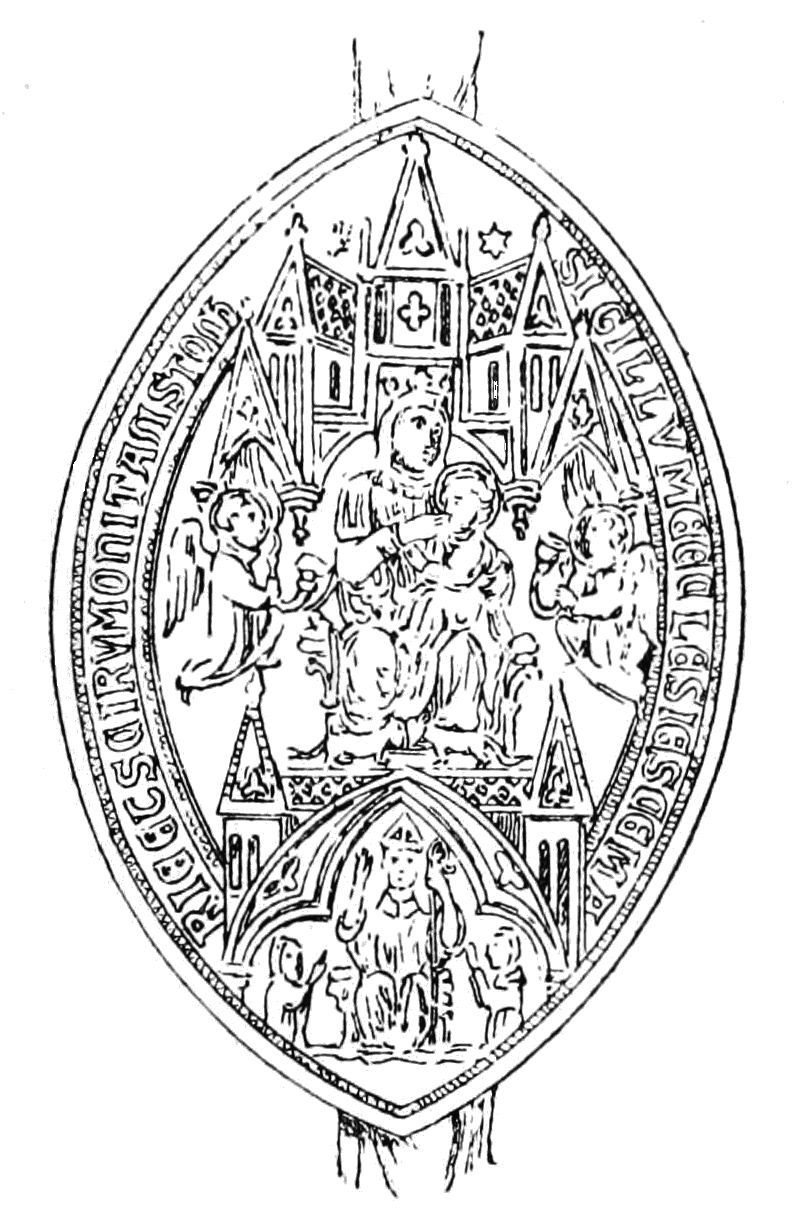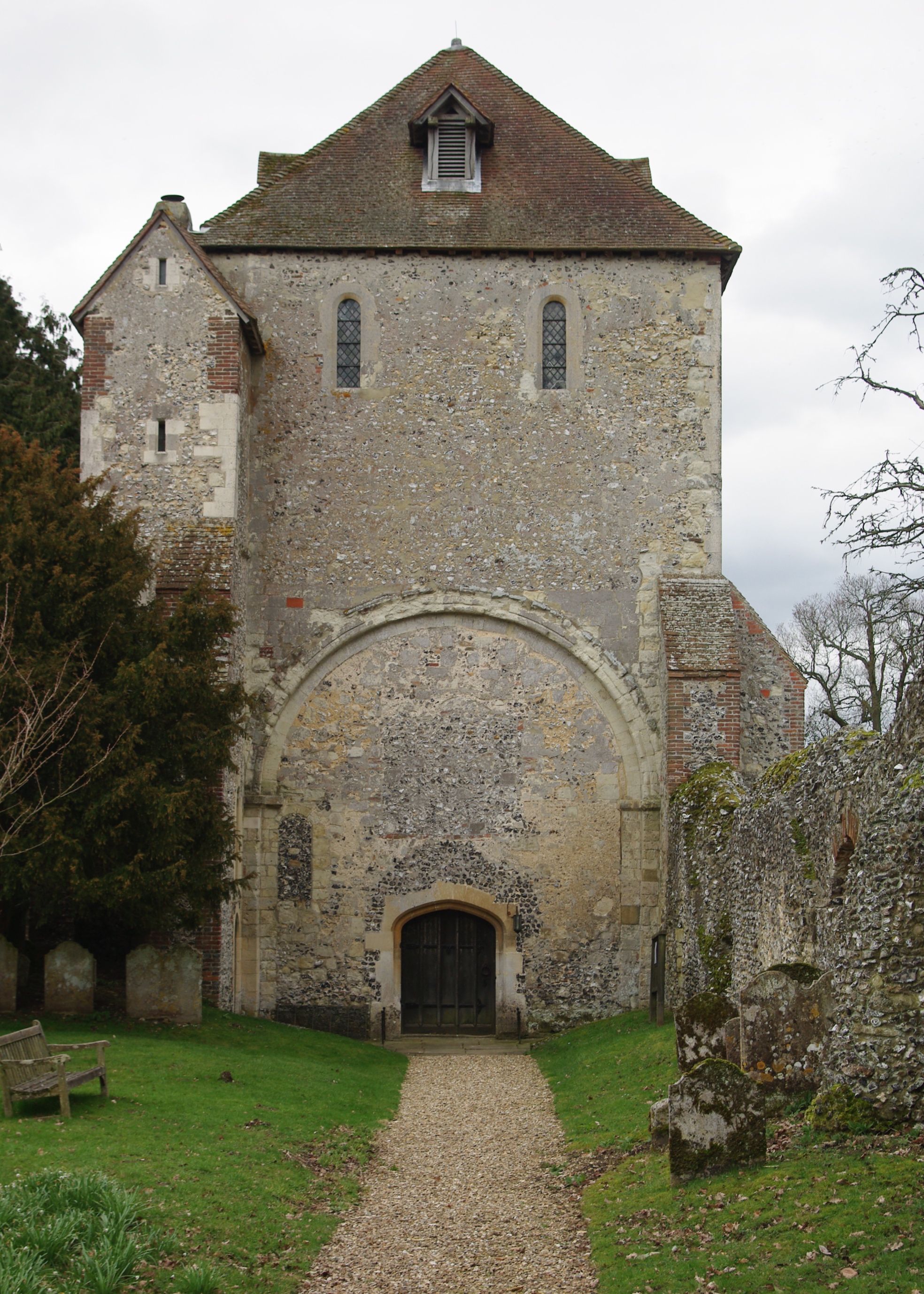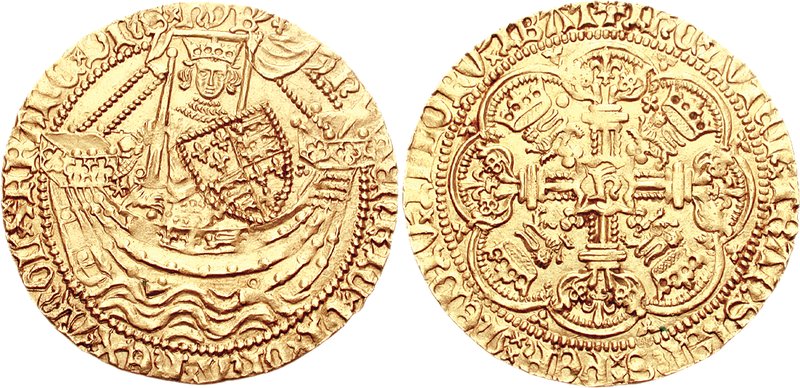|
Cowick, Devon
Cowick is a suburb of the City of Exeter in Devon. Historically it was a Manorialism, manor situated in the parish of St Thomas, Exeter, within the Hundred (county division), hundred of Wonford.Thorn, Caroline & Frank, Domesday Book, Vol. 9, Devon, Morris, John, (general editor), Chichester, 1985, Part 1 (text), Part 2, (notes) :16,106 (Cowick) It was formerly the site of a Benedictine monastery. History The Manorialism, manor of ''Coic'' is listed in Domesday Book of 1086 as the 106th of the 176 Devon landholdings of Baldwin FitzGilbert, Baldwin the Sheriff, otherwise known as Baldwin FitzGilbert and Baldwin de Meulles. He held it in demesne. He was William the Conqueror's Sheriff of Devon and also held lands granted to him personally by that king in Devon which comprised the feudal barony of Okehampton. These included Exwick. Granted to Bec-Hellouin Abbey On Baldwin's death his son and heir William FitzBaldwin made a gift of the manors of Cowick and Exwick, both in the pari ... [...More Info...] [...Related Items...] OR: [Wikipedia] [Google] [Baidu] |
Advowson
Advowson () or patronage is the right in English law of a patron (avowee) to present to the diocesan bishop (or in some cases the ordinary if not the same person) a nominee for appointment to a vacant ecclesiastical benefice or church living, a process known as ''presentation'' (''jus praesentandi'', Latin: "the right of presenting"). The word derives, via French, from the Latin ''advocare'', from ''vocare'' "to call" plus ''ad'', "to, towards", thus a "summoning". It is the right to nominate a person to be parish priest (subject to episcopal – that is, one bishop's – approval), and each such right in each parish was mainly first held by the lord of the principal manor. Many small parishes only had one manor of the same name. Origin The creation of an advowson was a secondary development arising from the process of creating parishes across England in the 11th and 12th centuries, with their associated parish churches. A major impetus to this development was the legal exact ... [...More Info...] [...Related Items...] OR: [Wikipedia] [Google] [Baidu] |
Earl Of Bedford
Earl of Bedford is a title that has been created three times in the Peerage of England and is currently a subsidiary title of the Dukes of Bedford. The first creation came in 1138 in favour of Hugh de Beaumont. He appears to have been degraded from the title three or four years after its creation. The existence of his title altogether has been doubted. It is discussed by R. H. C. Davis on the basis of the chronicle evidence. However, it now appears to be accepted by historians that Hugh did receive the earldom of Bedford in 1138. The second creation came in 1366 in favour of the French nobleman Enguerrand VII, Lord of Coucy. After Richard II came to the throne in 1377, Bedford resigned the title to the Crown. The third creation came in 1550 in favour of John Russell, 1st Baron Russell. For more information on this creation, see Duke of Bedford (1694 creation). Earls of Bedford, first creation (1138) * Hugh de Beaumont, 1st Earl of Bedford (born 1106) Earls of Bedford, second ... [...More Info...] [...Related Items...] OR: [Wikipedia] [Google] [Baidu] |
John Russell, 1st Earl Of Bedford
John Russell, 1st Earl of Bedford ( 1485 – 14 March 1555) was an English royal minister in the Tudor era. He served variously as Lord High Admiral of the United Kingdom, Lord High Admiral and Lord Privy Seal. Among the lands and property he was given by Henry VIII after the Dissolution of the Monasteries, were the Abbey and town of Tavistock, Devon, Tavistock, and the area that is now Covent Garden. Russell is the ancestor of all subsequent Earls and Dukes of Bedford and Earls Russell, including John Russell, 1st Earl Russell, John Russell, Prime Minister of the United Kingdom (1865-6), and philosopher Bertrand Russell (1872-1970). Origins John Russell was born c. 1485 probably at Berwick-by-Swyre, Dorset, the son of Sir James Russell (d. Nov. 1505) and his first wife Alice Wyse, daughter of Thomas Wyse of Sidenham, near Tavistock, Devon. James's father was possibly Sir William Russell, but more likely his brother John Russell (d. pre-November, 1505) by his wife Alice Frox ... [...More Info...] [...Related Items...] OR: [Wikipedia] [Google] [Baidu] |
Tavistock Abbey
Tavistock Abbey, also known as the Abbey of Mary, the mother of Jesus, Saint Mary and Saint Rumon, is a ruined Order of Saint Benedict, Benedictine abbey in Tavistock, Devon. The Abbey was surrendered in 1539 during the Dissolution of the Monasteries. Nothing remains of the abbey except the refectory, two gateways and a porch. The abbey church, dedicated to Blessed Virgin Mary, Our Lady and St Rumon, was destroyed by Denmark, Danish raiders in 997 and rebuilt under Lyfing of Winchester, Lyfing, the second abbot. The church was further rebuilt in 1285 and the greater part of the abbey between 1457 and 1458. History Foundation Older historians thought the abbey was founded in 961 by Ordgar, Ealdorman of Devon, but the modern consensus is that it was wholly the foundation of his son Ordwulf in 974; in 981 the charter of confirmation was granted by King Æthelred the Unready, Ordwulf's nephew. It was endowed with lands in Devon, Dorset and Cornwall, and became one of the richest ab ... [...More Info...] [...Related Items...] OR: [Wikipedia] [Google] [Baidu] |
Eton College
Eton College ( ) is a Public school (United Kingdom), public school providing boarding school, boarding education for boys aged 13–18, in the small town of Eton, Berkshire, Eton, in Berkshire, in the United Kingdom. It has educated Prime Minister#History, prime ministers, world leaders, Nobel laureates, Academy Award and BAFTA award-winning actors, and generations of the aristocracy, and has been referred to as "the nurse of England's statesmen". The school is the largest boarding school in England, ahead of Millfield and Oundle School, Oundle. Together with Wellington College, Berkshire, Wellington College and Downe House School, it is one of three private schools in Berkshire to be named in the list of the world's best 100 private schools. Eton charges up to £52,749 per year (£17,583 per term, with three terms per academic year, for 2023/24). It was the sixth most expensive Headmasters' and Headmistresses' Conference boarding school in the UK in 2013–14. It was founded ... [...More Info...] [...Related Items...] OR: [Wikipedia] [Google] [Baidu] |
Henry VI Of England
Henry VI (6 December 1421 – 21 May 1471) was King of England from 1422 to 1461 and 1470 to 1471, and English claims to the French throne, disputed King of France from 1422 to 1453. The only child of Henry V of England, Henry V, he succeeded to the Throne of England, English throne at the age of eight months, upon his father's death, and to the List of French monarchs, French throne on the death of his maternal grandfather, Charles VI of France, Charles VI, shortly afterwards. Henry was born during the Hundred Years' War (1337–1453), he is the only English monarch to have been crowned King of France, following his coronation at Notre-Dame de Paris in 1431 as Henry II. His early reign, when England was ruled by a Regency government, 1422–1437, regency government, saw the pinnacle of English power in Kingdom of France, France. However, setbacks followed once he assumed full control in 1437. The young king faced military reversals in France, as well as political and financia ... [...More Info...] [...Related Items...] OR: [Wikipedia] [Google] [Baidu] |
Alien Priory
Alien priories were religious establishments in England, such as monasteries and convents, which were under the control of another religious house outside England. Usually the Motherhouse, mother-house was in France.Coredon ''Dictionary of Medieval Terms'' p. 10 History Alien priories were small dependencies of foreign religious houses. Specifically, this pertained to the English possessions of French religious houses. The precedent went back at least as far as 912. Ælfthryth, Countess of Flanders, Ælfthryth, daughter of Alfred the Great married Baldwin II, Count of Flanders. She received various properties under her father's will, and gave Lewisham Priory with its dependencies, Greenwich and Woolwich, to the abbey of St Peter at Ghent. Edward the Confessor gave St Mary's Priory Church, Deerhurst, the parish church at Deerhurst, and its lands to the monastery of Basilica of St Denis, St Denis. The practice increased after the Norman Conquest. A number of Norman lords had found ... [...More Info...] [...Related Items...] OR: [Wikipedia] [Google] [Baidu] |
Henry V Of England
Henry V (16 September 1386 – 31 August 1422), also called Henry of Monmouth, was King of England from 1413 until his death in 1422. Despite his relatively short reign, Henry's outstanding military successes in the Hundred Years' War against Kingdom of France, France made Kingdom of England, England one of the strongest military powers in Europe. Immortalised in Shakespeare's "Henriad" plays, Henry is known and celebrated as one of the greatest warrior-kings of medieval England. Henry of Monmouth, the eldest son of Henry IV of England, Henry IV, became heir apparent and Prince of Wales after his father seized the throne in 1399. During the reign of his father, the young Prince Henry gained military experience fighting the Welsh during the Welsh Revolt, revolt of Owain Glyndŵr, and against the powerful Percy family of Northumberland. He played a central part at the Battle of Shrewsbury despite being just sixteen years of age. As he entered adulthood, Henry played an increasing ... [...More Info...] [...Related Items...] OR: [Wikipedia] [Google] [Baidu] |
Hugh De Courtenay
Sir Hugh de Courtenay (1251–1292) was the son and heir of John de Courtenay, feudal baron of Okehampton, Devon, by Isabel de Vere, daughter of Hugh de Vere, 4th Earl of Oxford. His son inherited the earldom of Devon. Early years Sir Hugh de Courtenay, born 25 March 1251, was the son and heir of John de Courtenay of Okehampton, Devon, by Isabel de Vere, daughter of Hugh de Vere, 4th Earl of Oxford, and Hawise de Quincy. John's father, Robert de Courtenay (d. 26 July 1242), son of Renaud II de Courtenay (d. 1190) by Hawise de Curcy (d. 1219), heiress of the feudal barony of Okehampton, married Mary de Redvers (sometimes called 'de Vernon'), daughter of William de Redvers, 5th Earl of Devon (d. 1217). Renaud II was son of Renaud de Courtenay. In order to avoid military service Courtenay paid a fine on 12 December 1276. He was called to arms on the emergency against the Welsh princes, fighting in the 1282 campaign. He attended upon the King at Shrewsbury on 28 June 1283. In ... [...More Info...] [...Related Items...] OR: [Wikipedia] [Google] [Baidu] |
Hugh De Courtenay, 9th Earl Of Devon
Hugh de Courtenay, 1st/9th Earl of Devon (14 September 1276 – 23 December 1340). of Tiverton Castle, Okehampton Castle, Plympton Castle and Colcombe Castle, all in Devon, feudal baron of Okehampton and feudal baron of Plympton, was an English nobleman. In 1335, forty-one years after the death of his second cousin once-removed Isabel de Redvers, ''suo jure'' 8th Countess of Devon (died 1293) he was officially declared Earl of Devon, although whether as a new creation or in succession to her is unknown, thus alternative ordinal numbers exist for this Courtenay earldom. Origins Hugh de Courtenay was born on 14 September 1276, the son and heir of Sir Hugh de Courtenay (died 1292) of Okehampton Castle in Devon, feudal baron of Okehampton, by his wife, Eleanor le Despenser (died 1328), a daughter of Hugh le Despencer, 1st Baron le Despencer and sister of Hugh le Despenser, 1st Earl of Winchester, an important adviser to King Edward II. His father was the son of John de Courtenay ... [...More Info...] [...Related Items...] OR: [Wikipedia] [Google] [Baidu] |






